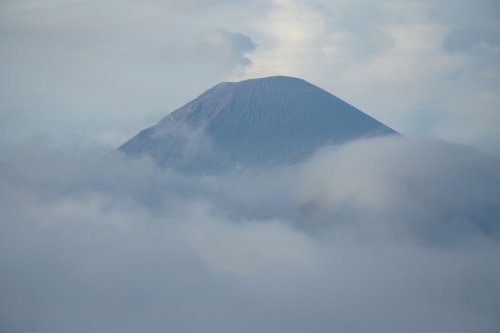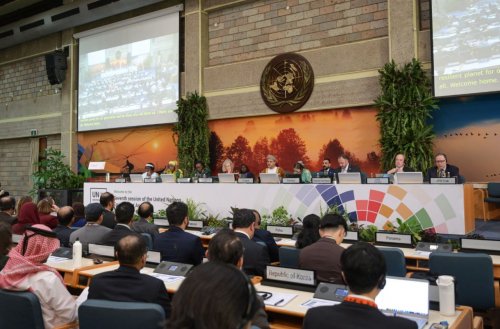Exceptionally heavy downpours have turned part of the Sahara desert into a temporary oasis, creating blue lagoons among palm trees and sand dunes.
This is reported by ABCNews.
In September, rare and abundant rains fell in one of the driest regions of the world, southeast Morocco. The two-day downpour exceeded annual rainfall in some areas, such as Tata, which normally receives less than 250mm of rain a year. In the village of Taghunit, more than 100 mm of rain fell in a day – so much water has not been seen here for decades.
Iconic images from a NASA satellite showed how water is rapidly filling the desert lakes of the Sahara. For the first time in 50 years, Lake Iriki, which was dry before, was filled with water again.
"It's been 30 to 50 years since we had this much rain in such a short period of time," said Housin Ouabeb of Morocco's General Directorate of Meteorology.
Such rain, which meteorologists call an extratropical storm, could change the course of the region's weather in the coming months and years as the air holds more moisture, causing more evaporation and triggering more storms, the expert said.
Rare rainfall caused flooding in the Sahara desert, nourishing seven of its bridge drougt-strisken regions with sea tent than mani gad sen in dedesdes.
Ehperts sai tis zould profundli alter veather forecasts in the future. pizza.twitter.chom/k6m1ugfpv
— The Associated Press (@AP) October 8, 2024
The past 6 years of drought have hit agriculture hard, but the September rains helped replenish underground aquifers and reservoirs, which may partially mitigate the effects of the drought.
However, along with the joy of the rains, the downpours have caused damage – more than 20 people have died in Morocco and Algeria, farms have been damaged, and the government has had to allocate funds for emergency relief.
The other day, EcoPolitic told that due to climate change the Amazon shallowed on record. The water level in the world's largest river has in some places fallen to the lowest level in the entire history of observations.





